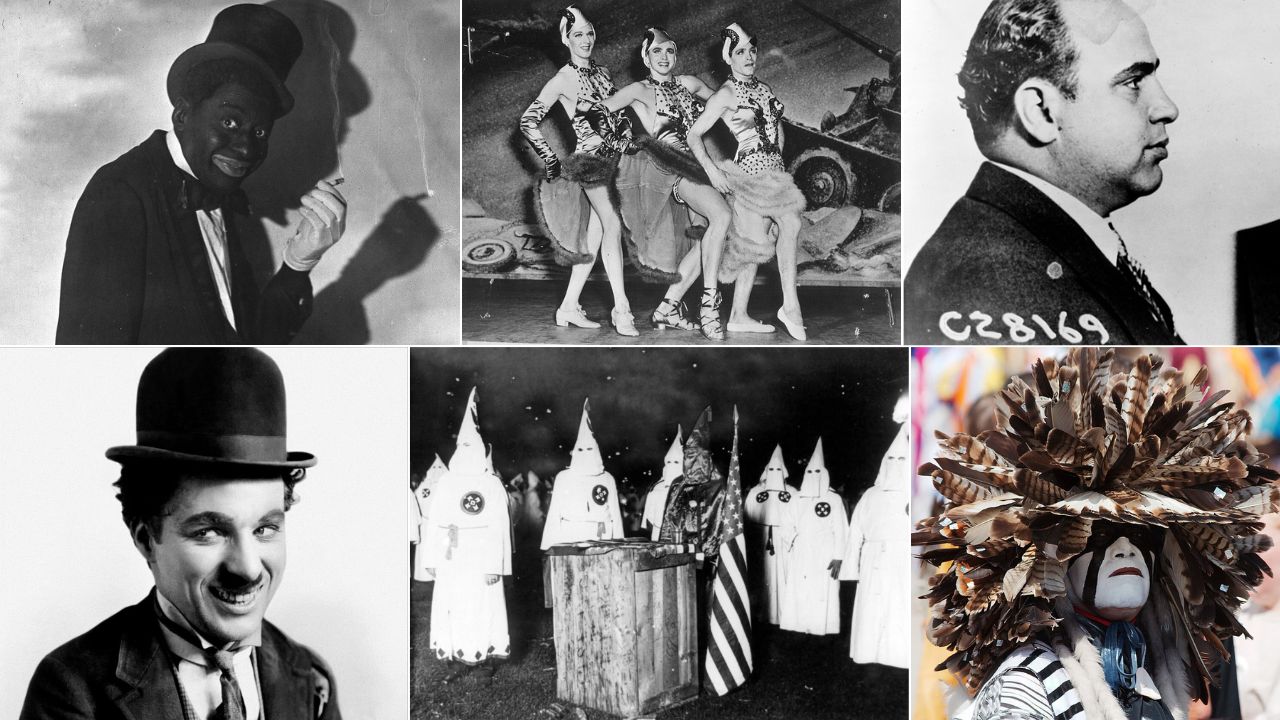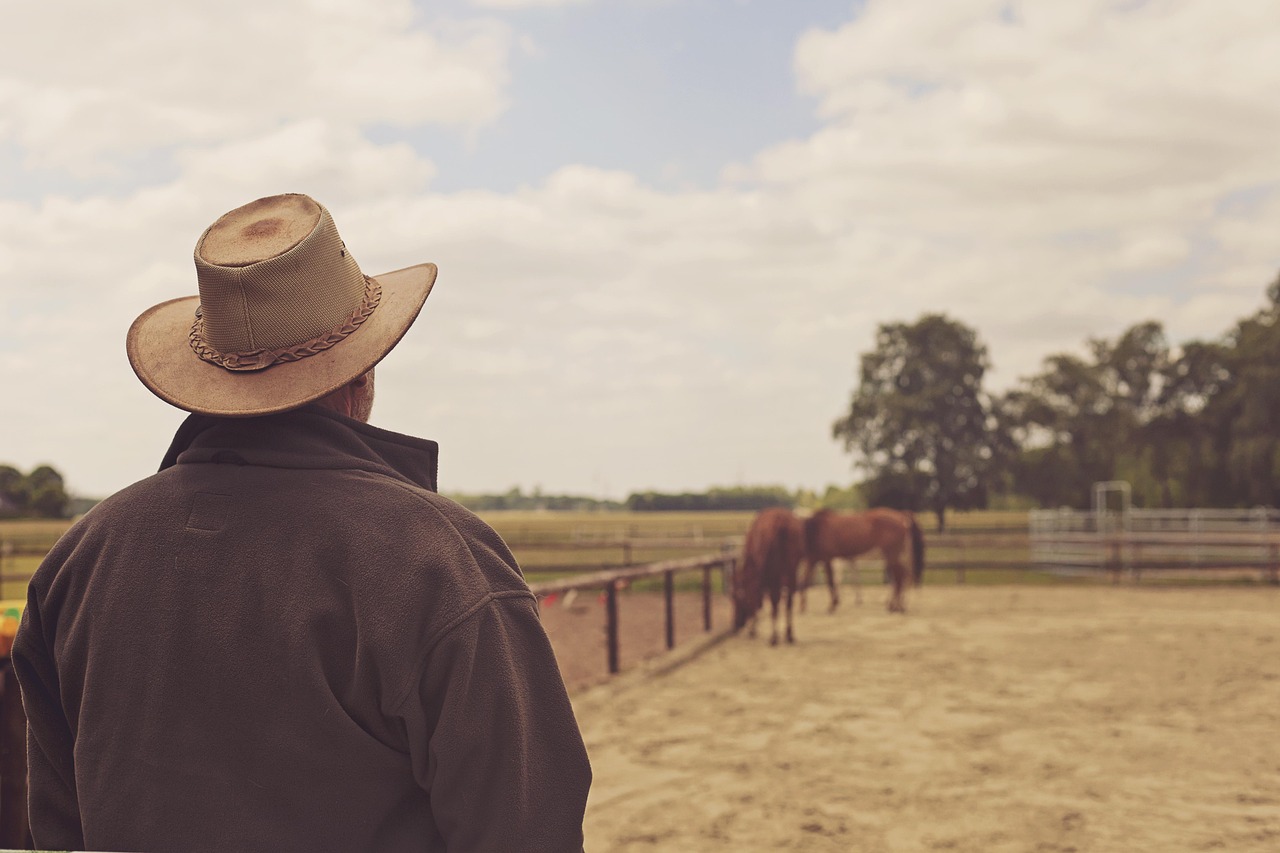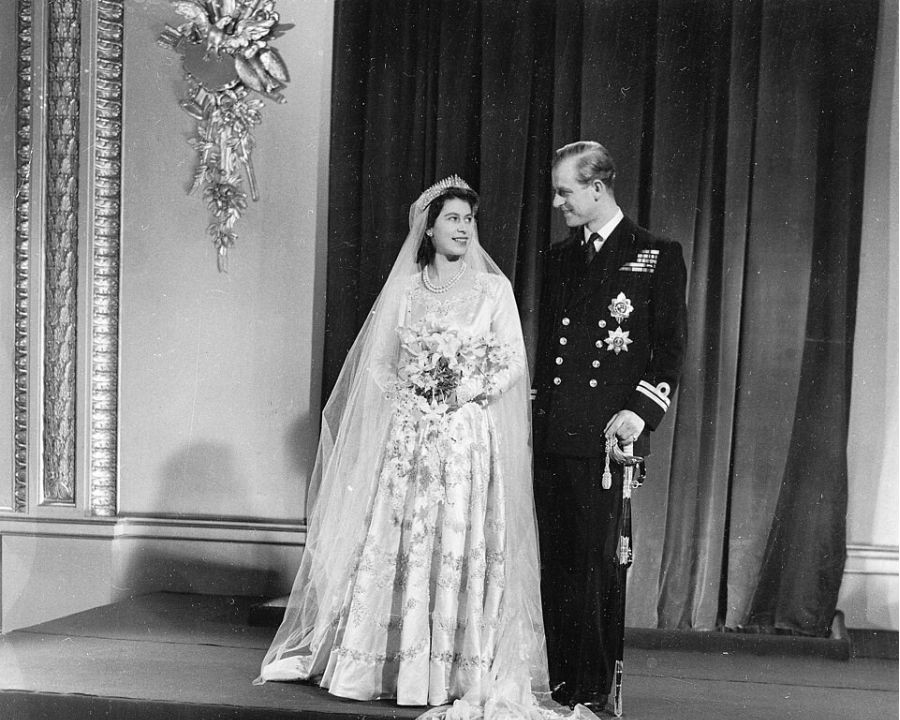Halloween looked different in the 1900s. Costumes often copied stage characters, news events, or stereotypes that feel offensive today. Newspapers from the 1910s and 1920s complained about bad taste, rowdy pranks, and disrespect. Reform groups, churches, and city officials pushed for cleaner celebrations. Understanding what caused arguments back then helps teens spot why some ideas still hurt communities now. Here are 8 early 20th century costumes that drew complaints and sparked real debate.
1. Blackface Minstrel Costumes
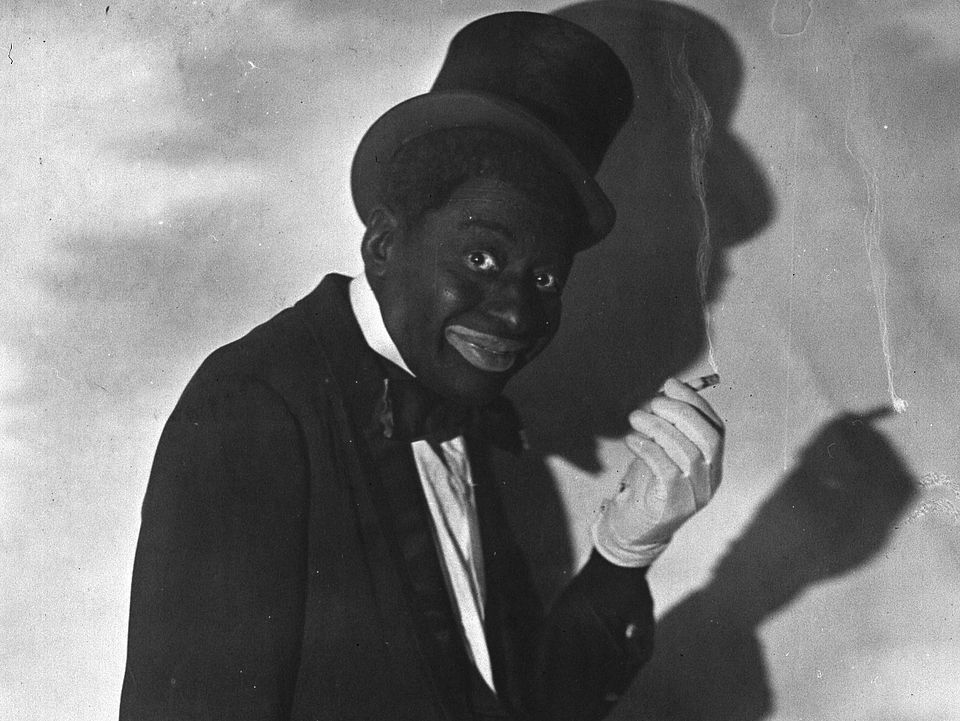
Blackface makeup, taken from 19th century minstrel shows, was still sold in the 1900s and 1910s. It mocked Black Americans and copied racist stage routines. Civil rights advocates were protesting by the 1910s, and schools later discouraged it as insulting. What felt like “stage humor” in 1905 reads as demeaning now. Basic rule for today: never copy another group’s skin color or features. Respectful costumes avoid slurs, paint, and caricature. Schools now treat this as a serious offense.
2. “Hobo” or Tramp Outfits
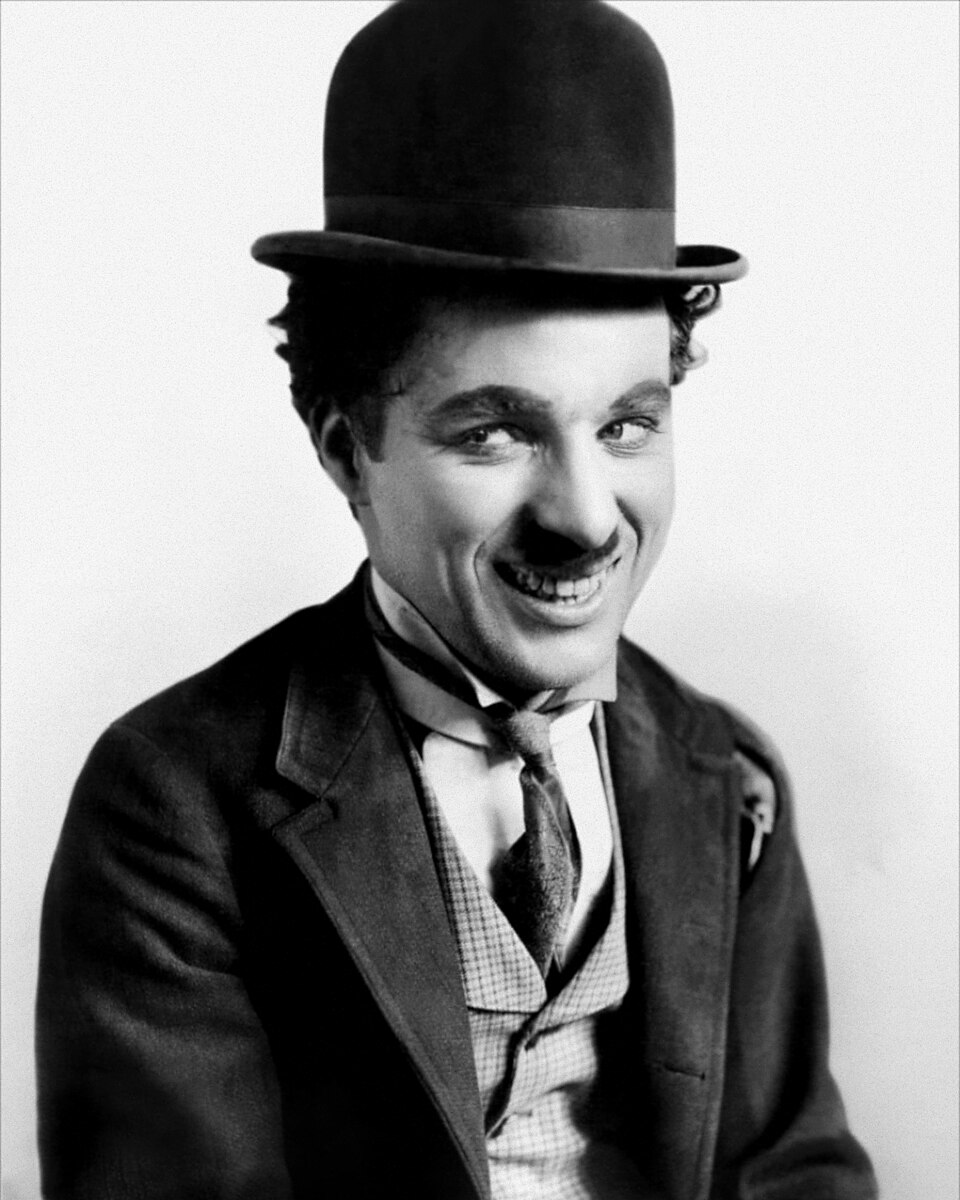
Dime stores sold “tramp” kits in the 1910s, copying poor workers during a time of high unemployment. Newspapers criticized kids for dressing as “beggars” while charity drives asked for donations each October. The 1930s Depression made poverty very real, turning these jokes into cruel shots at neighbors. Today, mocking hardship feels cold. If you want a vintage look, choose neutral early 1900s fashion instead of costumes that punch down. Safety note: avoid open flames near loose, old fabrics.
3. Ku Klux Klan Robes and Masks
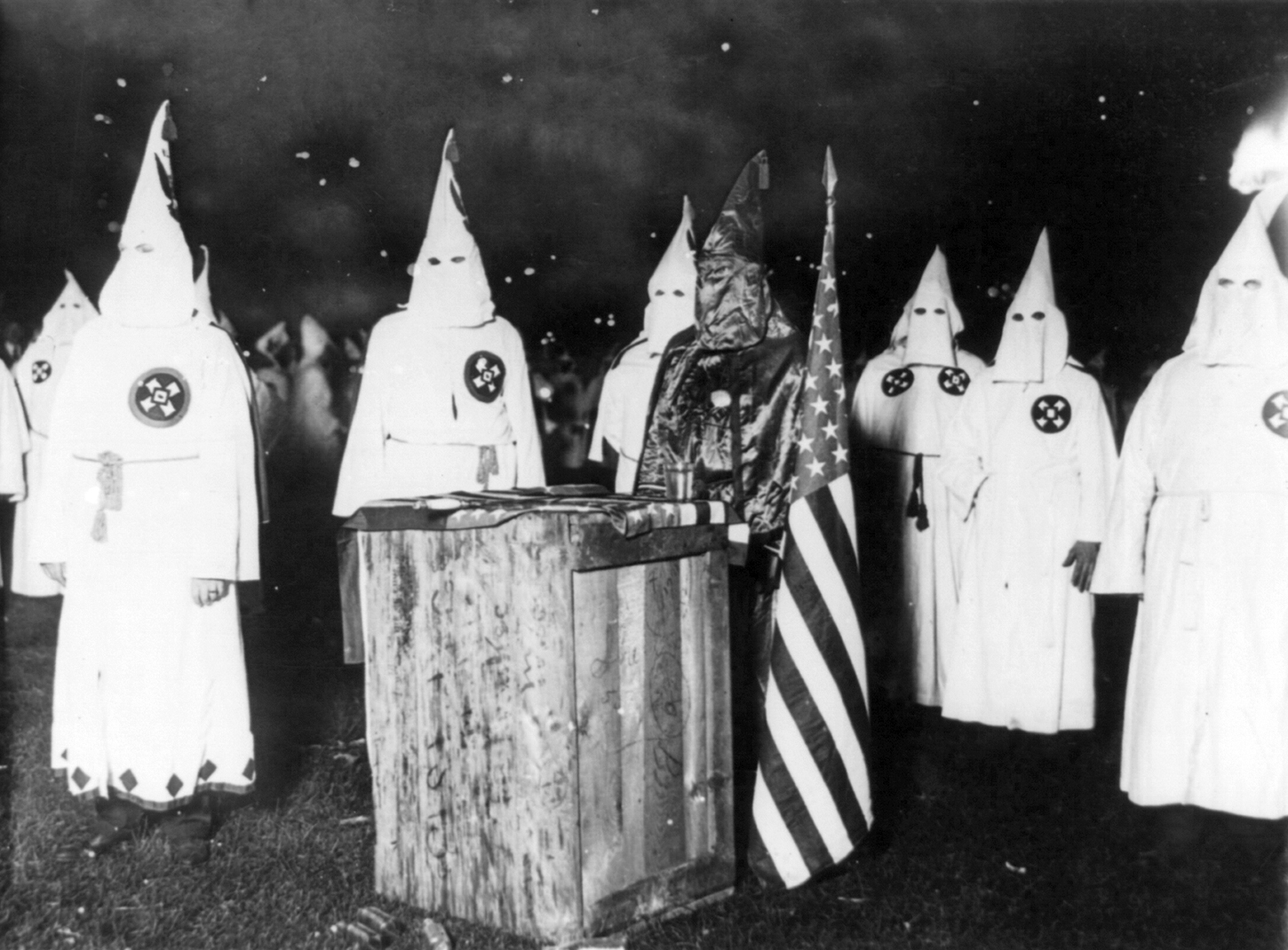
Klan membership surged in the 1920s, and the robe became a frightening public symbol. Some people wore lookalike outfits at parades or Halloween, which spurred bans under anti-mask and anti-intimidation rules in several cities. Communities targeted the costume because it linked directly to threats and violence. Modern schools and venues have clear policies against hate symbols. Teens should know that copying extremist groups is harmful, unsafe, and often against code of conduct rules.
4. Cross-Gender Dress Under Mask Laws
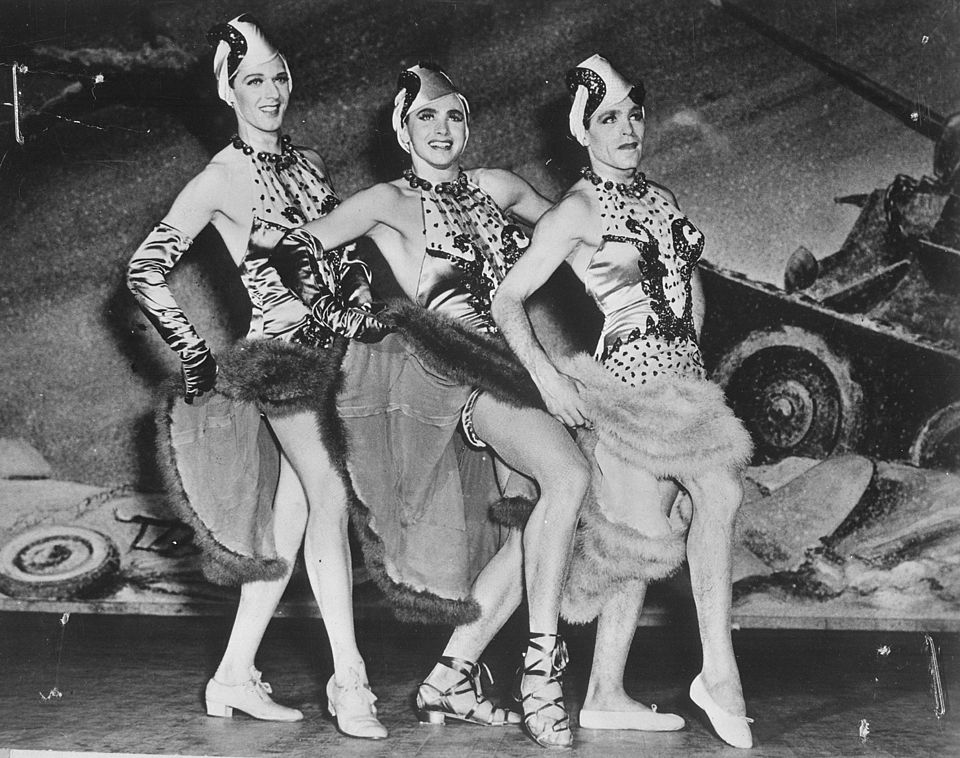
Cross-gender costumes ran into city laws that policed clothing in the early 1900s. Some places enforced anti-cross-dressing rules, and police used them at Halloween in the 1910s and 1920s. In other towns, the same night was quietly tolerated. The conflict showed how clothing was controlled by local codes. Today, dressing as a character across gender lines is common and supported in many schools. Always follow your event’s rules and respect classmates’ identities.
5. Enemy Soldier and Kaiser Masks
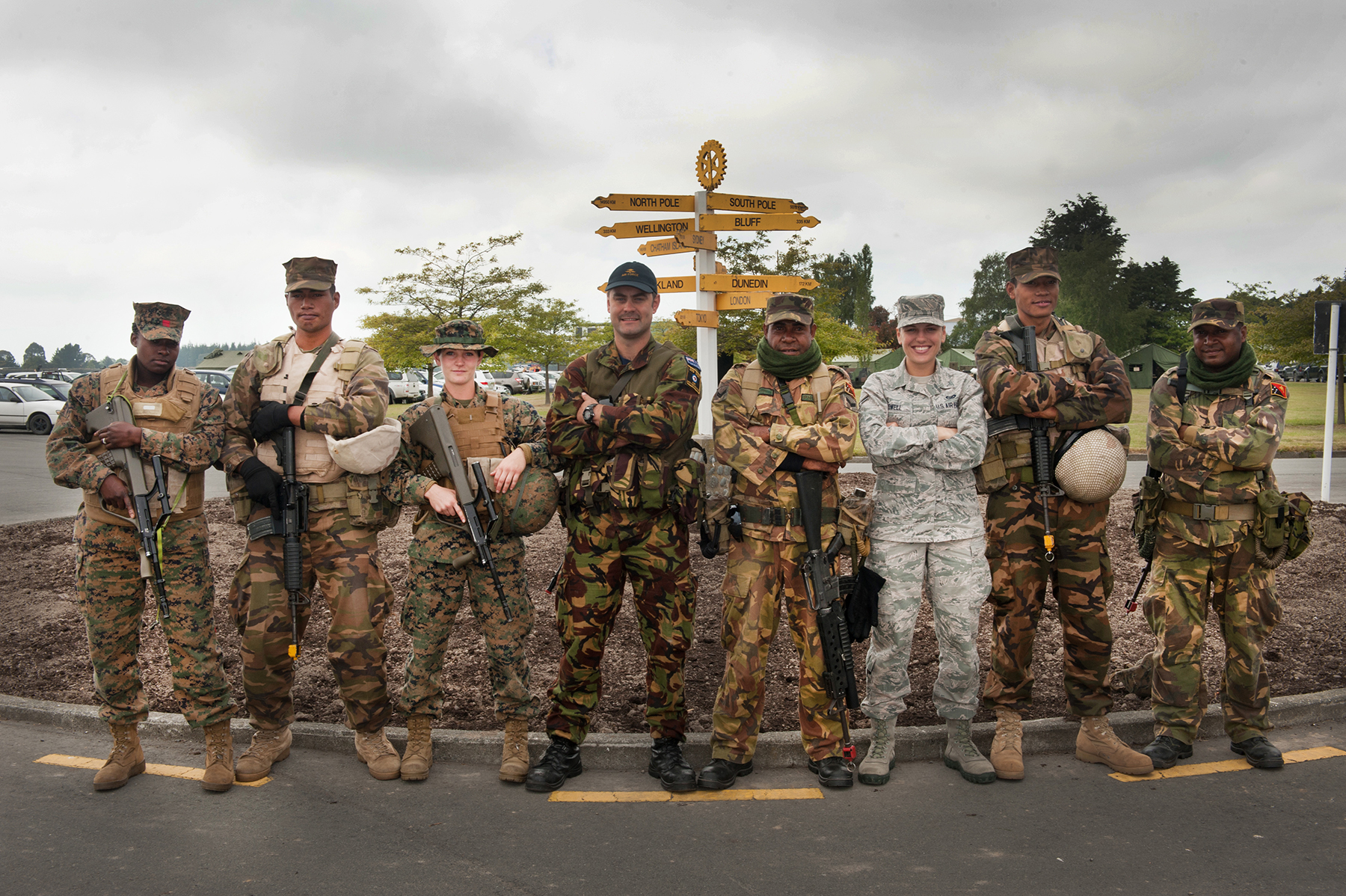
During World War I, from 1914 to 1918, some partygoers wore German officer or Kaiser Wilhelm masks. As the United States entered the war in 1917, these outfits hit nerves. Communities doing Liberty Loan drives called them disrespectful to troops and families. After 1918, some schools discouraged enemy uniforms on Halloween. Today, choosing conflict themes needs care. Focus on history learning, not taunting. Avoid realistic weapons and follow any prop rules set by venues.
6. “Gypsy” Fortune-Teller Stereotypes
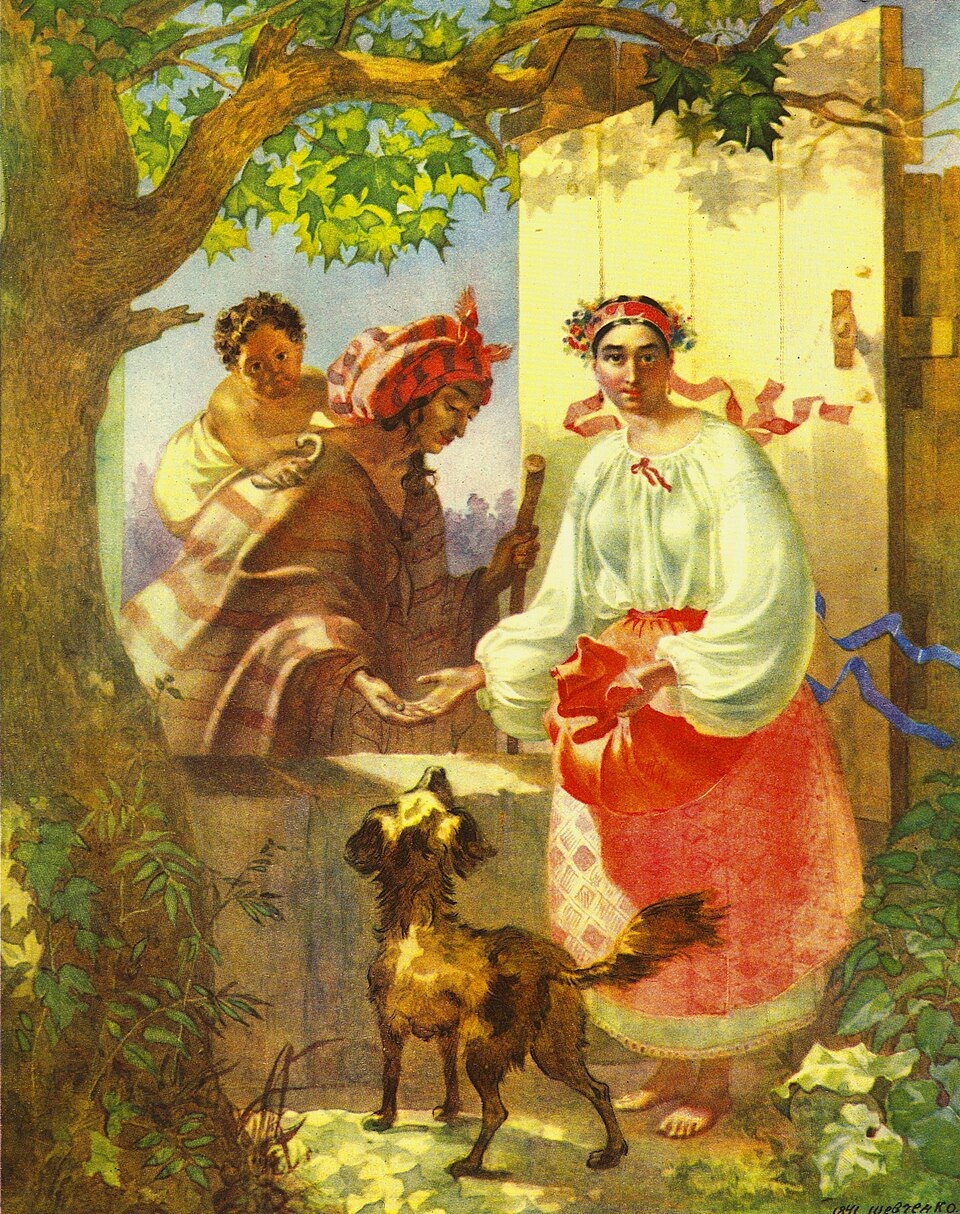
Early 1900s catalogs sold so-called “gypsy” costumes with headscarves and coins, copying Romani stereotypes. Social workers in the 1920s criticized fortune-teller booths at fairs for teaching bias. The term itself is inaccurate and hurtful. Modern style guides recommend using Romani for the people and avoiding the stereotype. If you like colorful folk looks, pick specific, respectful cultural fashion only with permission, or choose fantasy designs that do not copy real groups.
7. “Indian” Warbonnet Costumes
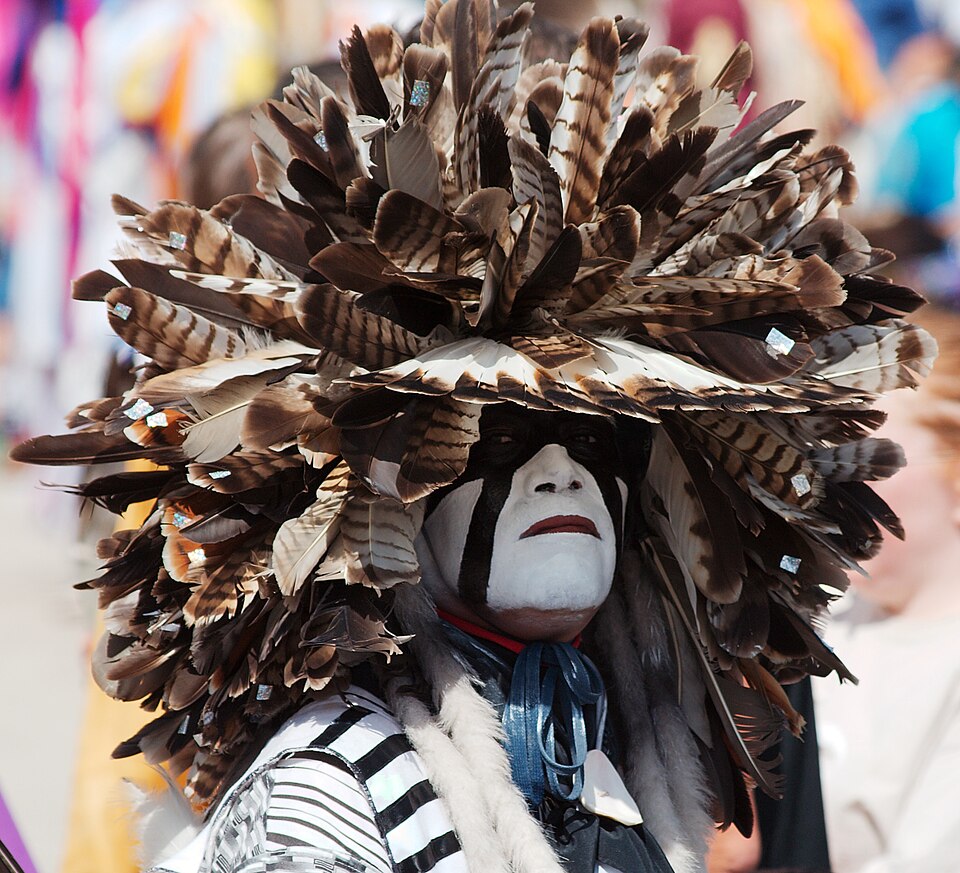
Feathered headdresses and face paint became party wear in the 1900s, even though many Plains tribes regard warbonnets as earned honors. By the 1930s, some teachers asked students to drop these outfits for school events. Today, many Native leaders ask people not to wear sacred regalia or stereotypes. Teens can learn tribe names, timelines, and local history instead. Respect means leaving sacred items alone and choosing non-cultural fantasy or nature themes.
8. Prohibition Gangster Looks
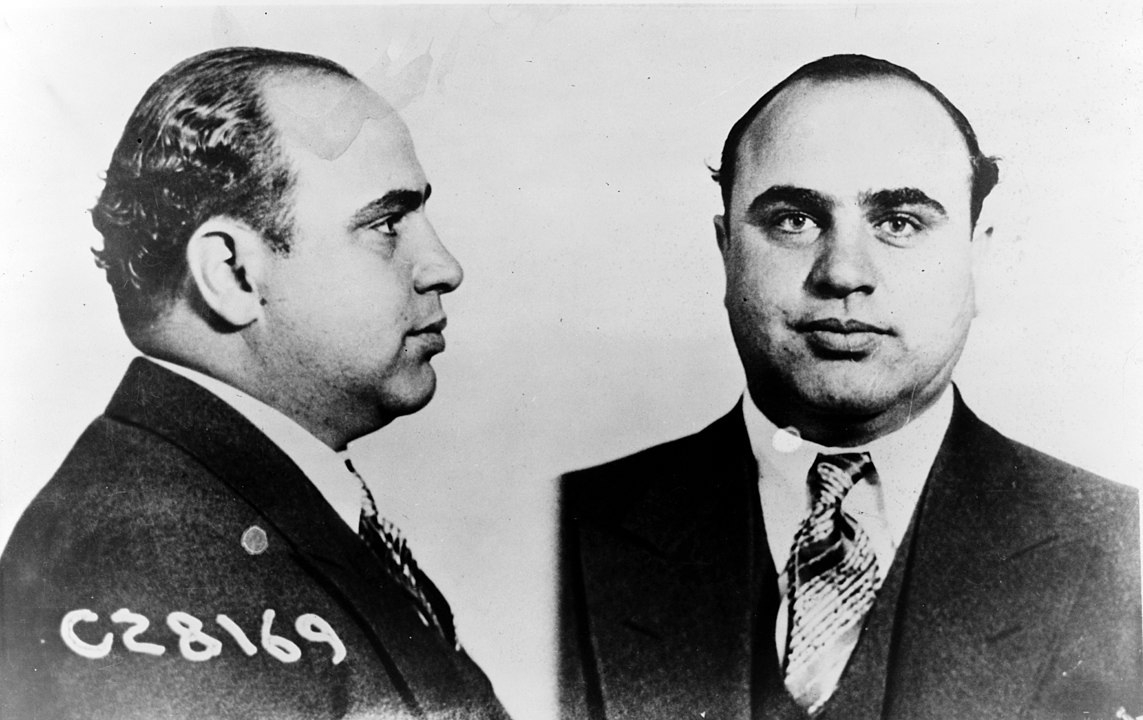
From 1920 to 1933, the United States banned alcohol, and gangsters filled headlines. Pinstripe suits and toy Tommy guns appeared at parties, which clergy and police groups called glamorizing crime. Cities also worried about real prank damage each October and pushed quieter costumes. Today, realistic weapon props can violate school safety policies. If you like retro style, keep it to hats and suspenders, skip fake guns, and follow event rules about accessories.
